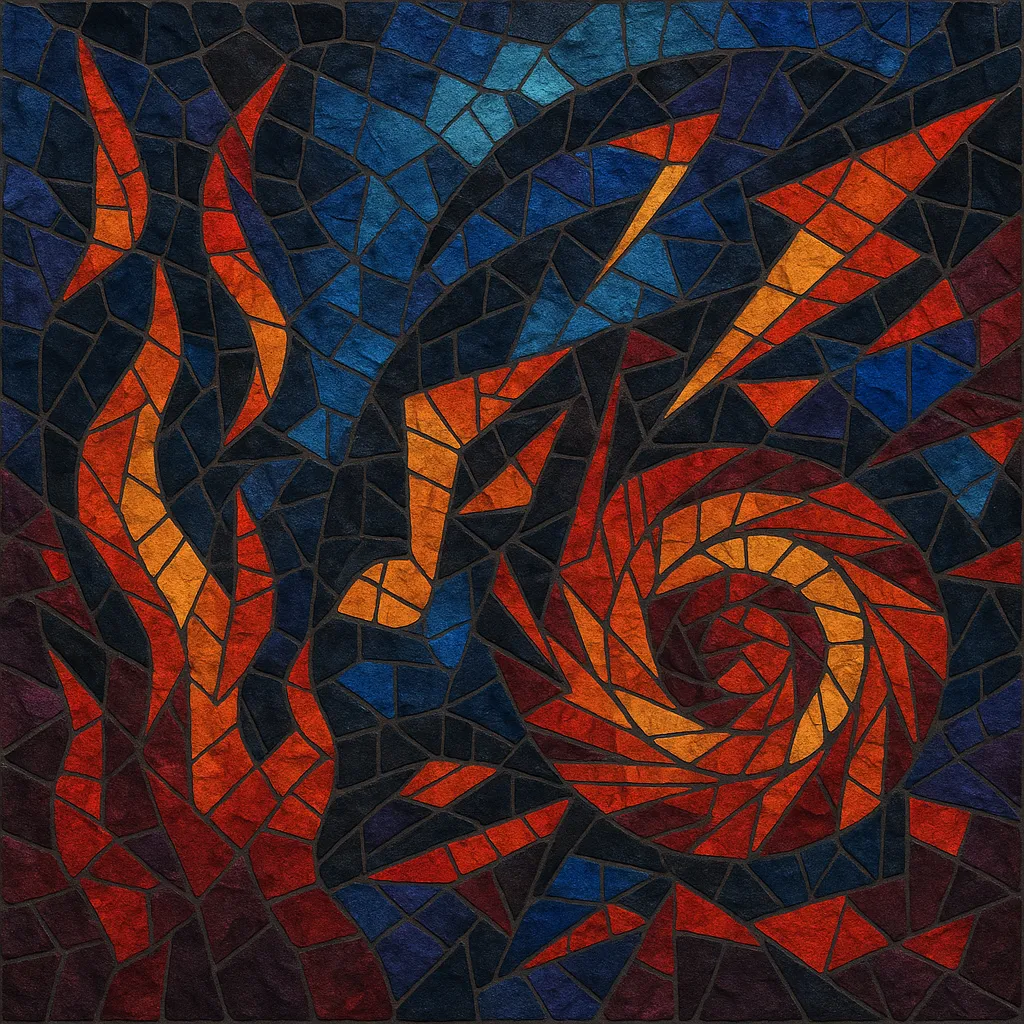Moombahcore is a heavy, mid‑tempo offshoot of moombahton that fuses reggaeton’s dembow groove with the sound‑design and impact of dubstep and electro house.
Typically set around 100–115 BPM (with 108–110 BPM common), it features syncopated dembow drums, massive wobble/growl basses, hard electro leads, and festival‑style builds and drops. Compared to standard moombahton, moombahcore is darker, more aggressive, and more sound‑design‑driven, yet it retains the swaying, dance‑forward pulse of Latin and dancehall rhythms.
Producers often employ complex bass resampling, heavy distortion and saturation, sharp snare accents on the 3, and percussive fills drawn from reggaeton and dancehall, making the genre ideal for high‑energy club and festival contexts.
Moombahcore arose shortly after the creation of moombahton (2009), which slowed Dutch house down to reggaeton tempo. Around 2010–2011, producers—most notably the Rotterdam‑based Munchi—pushed the new style into harder territory by importing dubstep’s wobbling basses, brostep’s aggressive sound design, and electro house’s metallic leads. The result preserved the dembow swing while dramatically increasing sonic weight and distortion.
As blogs and netlabels championed moombahton, the heavier moombahcore quickly found favor with bass‑music audiences. Support from tastemaker labels and DJs helped tracks spread into festival sets, where mid‑tempo drops provided contrast to 128 BPM electro house and 140 BPM dubstep. Artists from the broader bass scene—some not strictly moombahcore specialists—occasionally delivered signature 110 BPM anthems that defined the style’s public image.
While the initial wave cooled, moombahcore techniques and tempos permeated adjacent scenes. Producers folded the 100–110 BPM feel into hybrid trap and midtempo bass, and collaborations between EDM and Latin/dancehall vocalists became increasingly common. The style remained a go‑to switch‑up tool in DJ sets and a blueprint for heavy, dembow‑driven drops.
Moombahcore’s legacy lies in cementing the 100–110 BPM range as prime terrain for heavy bass music. Its combination of dembow rhythm and dubstep/electro sound design influenced midtempo bass, hybrid trap at 100–110 BPM, and even the broader adoption of Latin rhythms within EDM.


